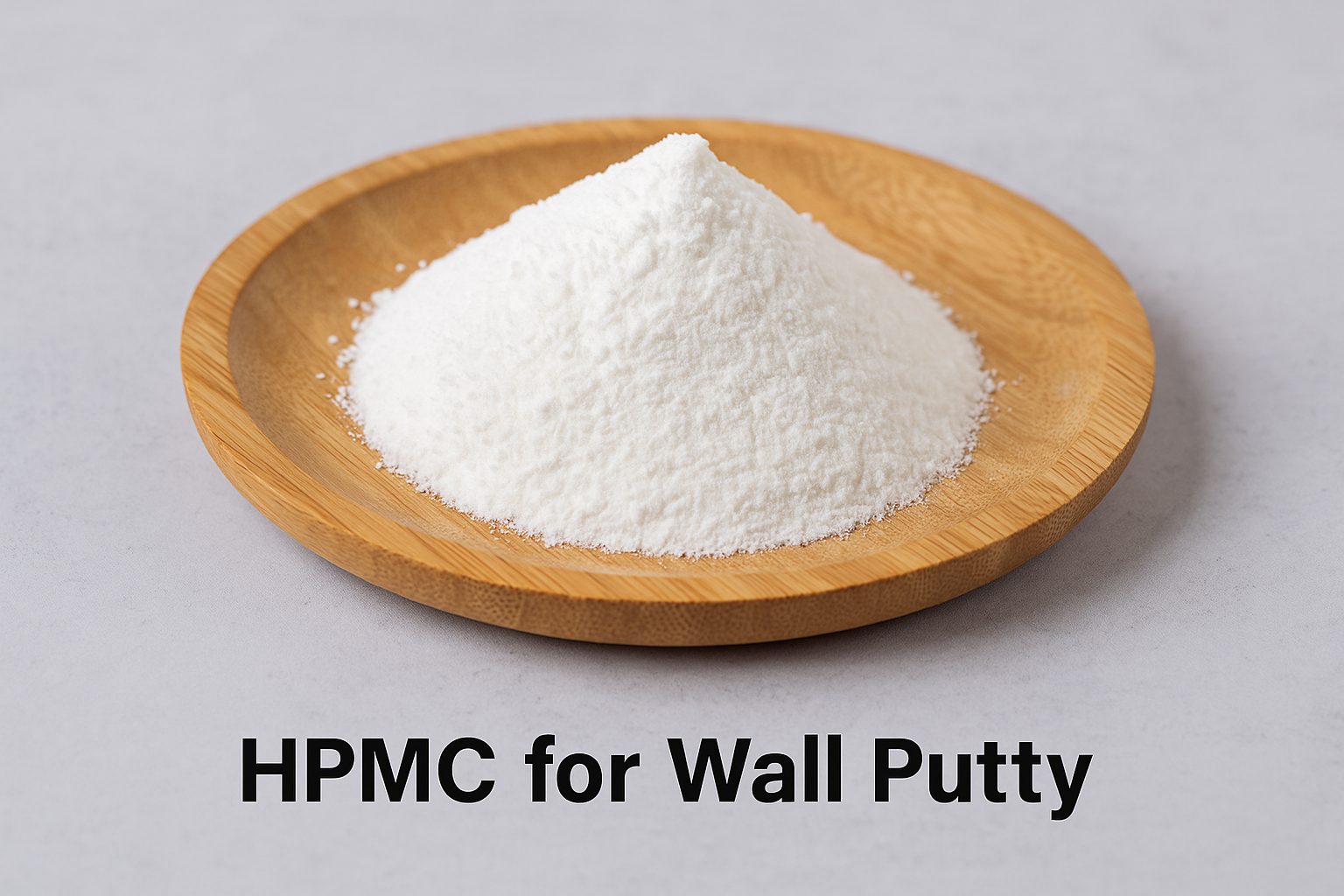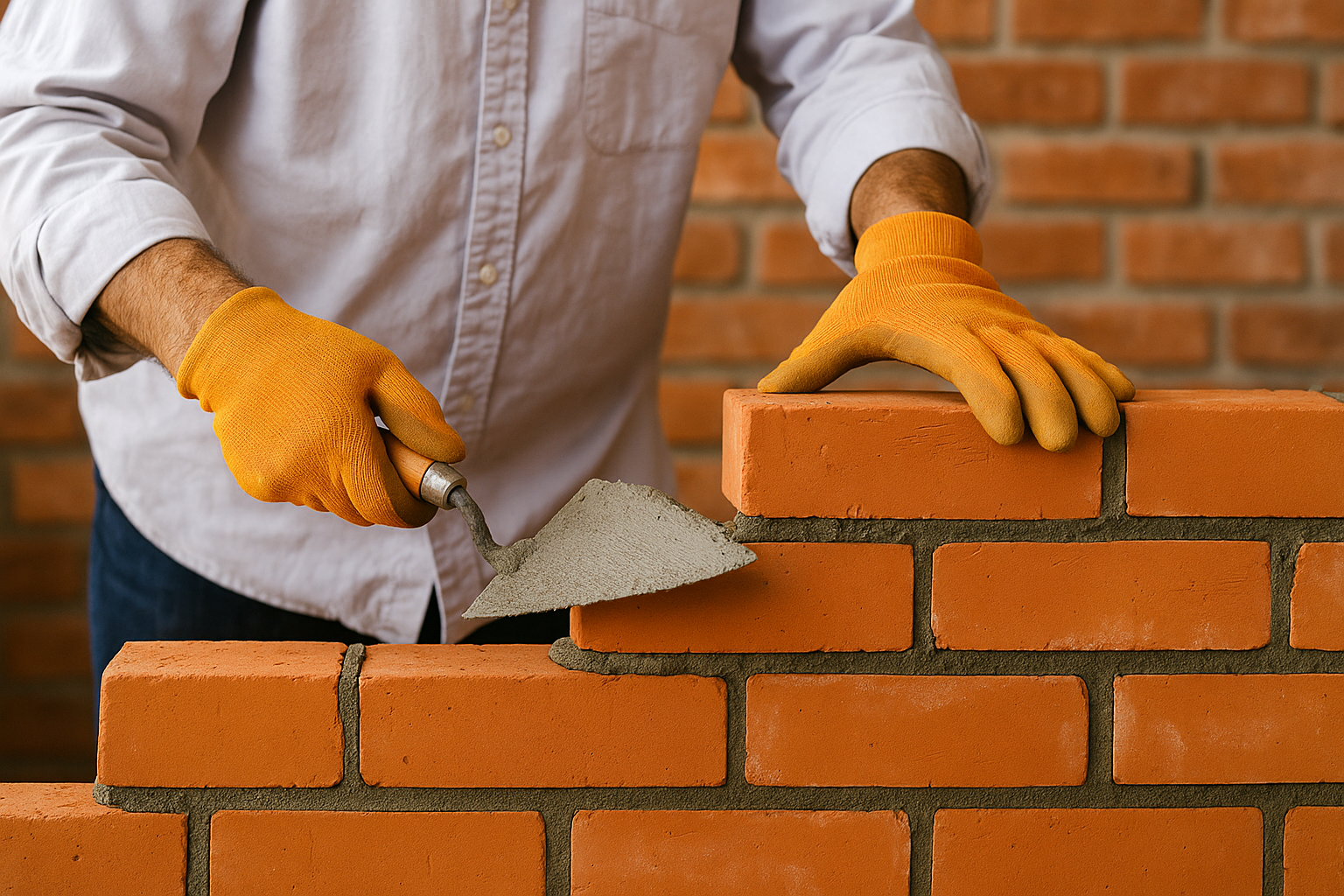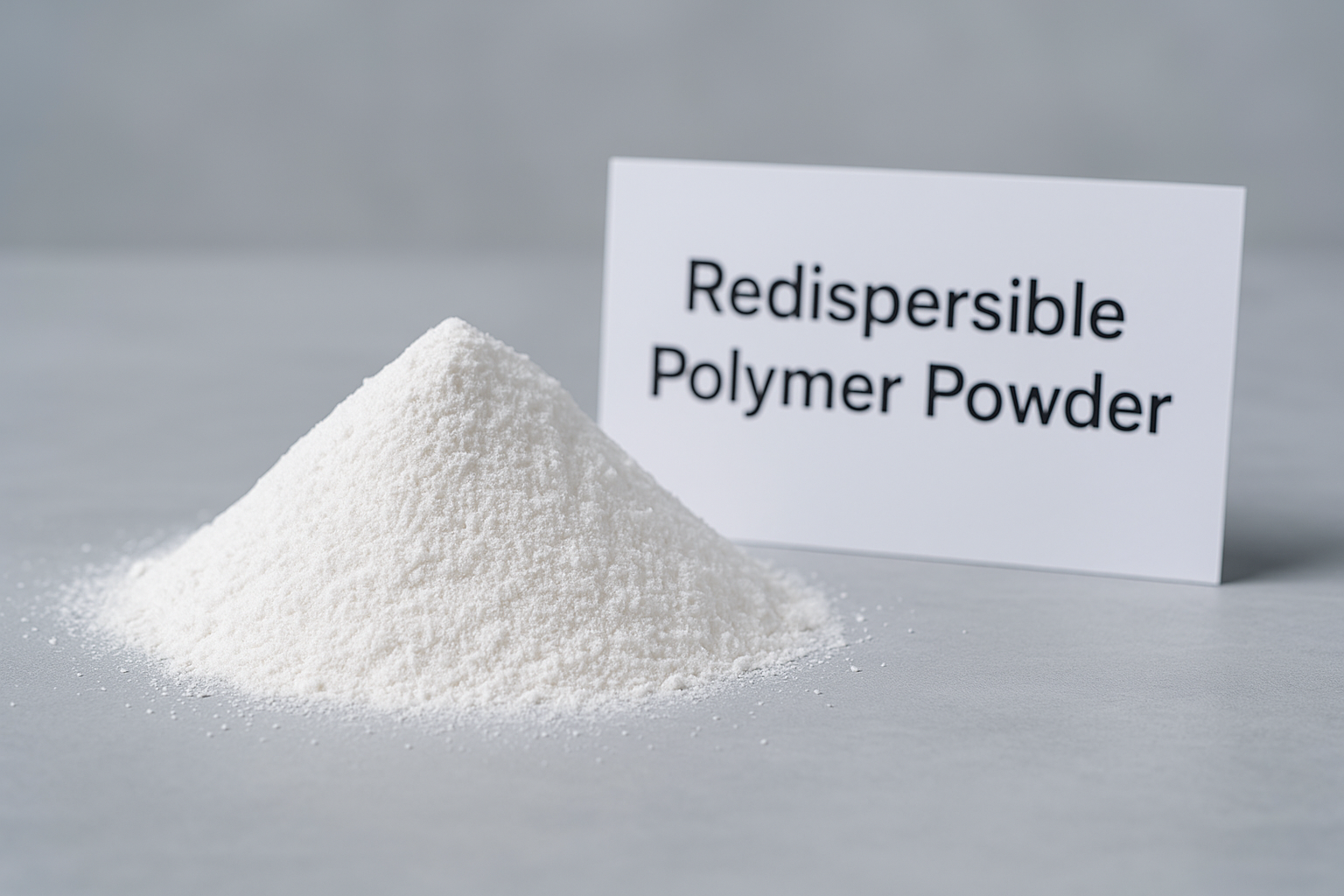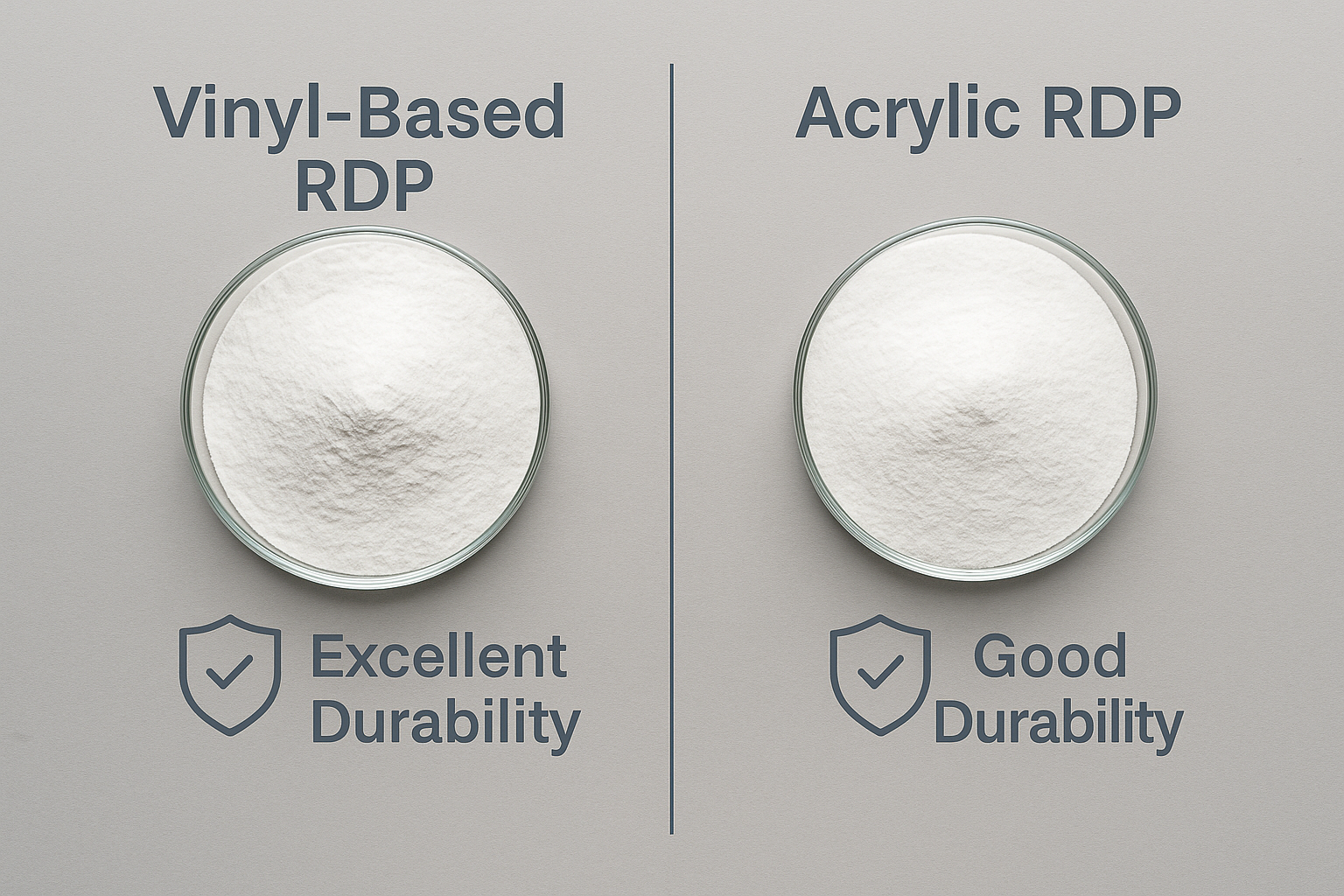Is your wall putty cracking and peeling? Many builders focus only on whiteness and hardness, ignoring the key ingredient that prevents long-term problems - Redispersible Polymer Powder (RDP)1.
Wall putty quality depends primarily on its composition. The right balance of redispersible polymer powder (RDP), cement, fillers, and additives creates a flexible, durable finish that resists cracking and peeling under temperature changes and moisture exposure.
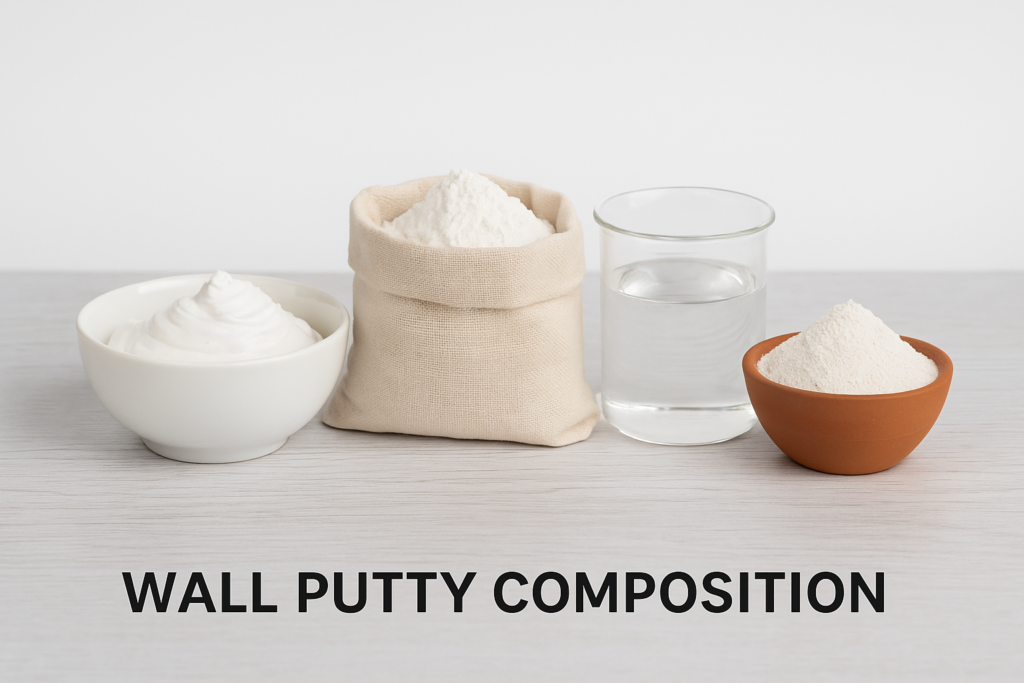
I've seen too many beautiful walls ruined within months because someone cut corners on materials. Quality wall putty might cost more initially, but it saves money by avoiding frequent repairs. Let me break down what actually goes into good wall putty and why each component matters.
Wall Putty Composition – Redispersible Polymer Powder (RDP Powder): The Secret to Crack-Free Walls?
Does your wall putty crack or peel after a few months? You're probably missing enough RDP powder - the most expensive yet essential component in quality wall putty formulations.
Redispersible Polymer Powder (RDP)1 functions as an invisible elastic net in wall putty, providing flexibility, adhesion, and cohesion. It typically comprises 2-5% of quality formulations, with higher percentages offering better performance but at increased cost.

The Critical Role of RDP in Wall Putty
RDP powder is essentially polymer particles that redisperse in water during mixing, then form a polymer film as the putty dries. This creates a flexible matrix throughout the rigid cementitious material.
Benefits of Proper RDP Content:
- Enhanced Flexibility: Prevents cracking during thermal expansion/contraction
- Superior Adhesion: Ensures putty bonds strongly to various surfaces
- Water Resistance: Creates a hydrophobic barrier that repels moisture
- Impact Resistance: Absorbs minor impacts without cracking
Types of RDP Used in Wall Putty:
| RDP Type | Best For | Cost Level | Performance |
|---|---|---|---|
| VAE (Vinyl Acetate Ethylene)2 | General purpose putty | Medium | Good overall performance |
| VeoVa (Vinyl Ester of Versatic Acid) | Higher moisture resistance | High | Excellent water resistance |
| Acrylic | Premium putty, exterior use | Very High | Superior flexibility and durability |
At our factory, we typically recommend VAE-based RDP at 3-4% minimum concentration for standard applications, and 4-5% for premium products. I've visited countless job sites where contractors tried to save money by using putty with minimal RDP content, only to face extensive repairs within a year.
Wall Putty Composition – Cement: The Structural Backbone?
Are you wondering why cement matters in wall putty? Many cheap putties use too much or too little cement, leading to either excessive hardness with cracking or insufficient strength.
Cement provides the structural strength in wall putty, typically making up 25-35% of the formulation. Portland cement is most common, creating a strong, durable base that sets reliably and bonds well to wall surfaces.
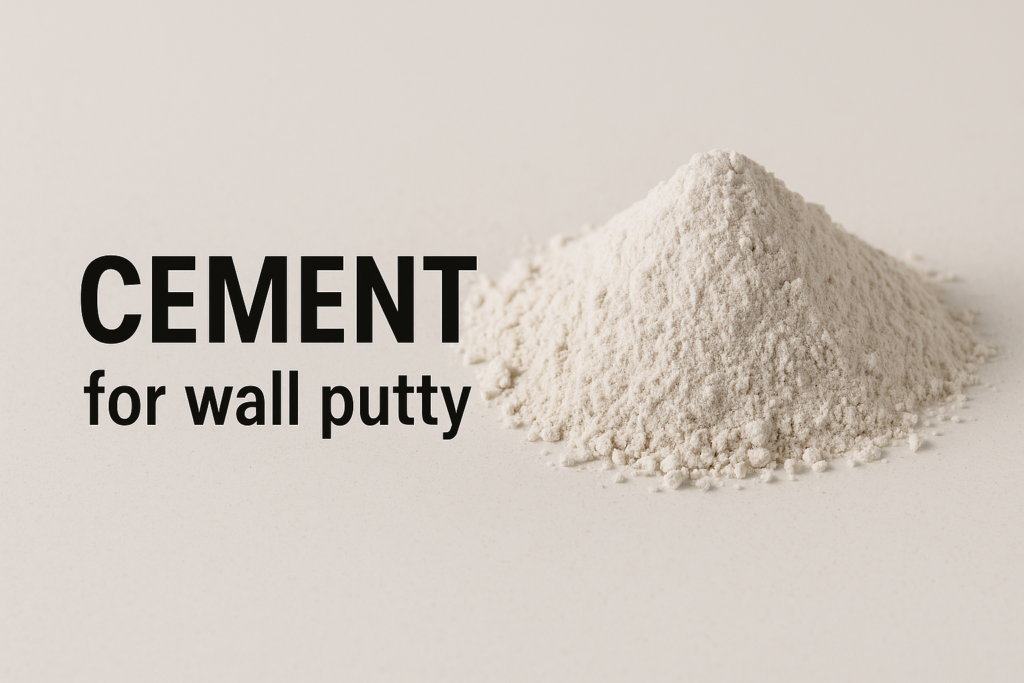
Finding the Perfect Cement Balance
The cement content in wall putty requires careful balance - too much creates a rigid, crack-prone surface, while too little results in weak finishes that deteriorate quickly. In our manufacturing experience, we've determined that Ordinary Portland Cement (OPC) offers the best combination of setting time, strength, and compatibility with other ingredients.
Types of Cement for Wall Putty:
| Cement Type | Characteristics | Best Applications |
|---|---|---|
| Ordinary Portland Cement (OPC) | Medium setting time, good strength | Standard interior walls |
| White Portland Cement | Better aesthetics, consistent color | High-end finishes, decorative walls |
| Rapid-Setting Cement | Fast drying, quick application | Repair works, time-sensitive projects |
The Science Behind Cement's Role:
When mixed with water, cement undergoes hydration, forming calcium silicate hydrate crystals that interlock to create a solid matrix. This chemical process provides:
- Structural Integrity: Creates the basic strength of the putty
- Surface Adhesion: Helps bind to the underlying substrate
- Dimensionally Stability: Maintains shape and form after application
- Weather Resistance: Provides basic durability against environmental factors
The quality of cement dramatically affects the final putty performance. Through years of testing, I've found that finely ground cement with controlled composition provides more consistent results than general-purpose construction cement.
Wall Putty Composition – Fly Ash: The Sustainable Filler?
Are you concerned about environmental impact and cost-effectiveness of wall putty? Fly ash, a byproduct of coal combustion, might be the answer you're looking for.
Fly ash serves as an economical and eco-friendly filler in wall putty, typically comprising 10-20% of the formulation. It improves workability, reduces shrinkage, and lowers costs while utilizing an industrial byproduct that would otherwise end up in landfills.

Leveraging Fly Ash for Better Putty Performance
I was initially skeptical about fly ash in our formulations, but extensive testing proved its value. Class F fly ash, with its pozzolanic properties, actually reacts with cement to form additional binding compounds over time. This creates a denser, stronger putty with improved performance characteristics.
Benefits of Fly Ash in Wall Putty Formulations:
- Enhanced Workability: Spherical particles improve application ease
- Reduced Water Requirement: Lower water content means less shrinkage
- Improved Pumpability: Essential for machine-applied putty systems
- Cost Efficiency: Significantly cheaper than cement and limestone fillers
- Environmental Sustainability: Repurposes industrial waste material
Optimizing Fly Ash Content:
| Fly Ash % | Effect on Properties | Recommended Use |
|---|---|---|
| 5-10% | Minimal impact, slight workability improvement | Premium putties where cost is less important |
| 10-15% | Good balance of performance and economy | Standard commercial formulations |
| 15-20% | Maximum cost reduction, slightly reduced strength | Economy formulations with adequate performance |
| >20% | Potential negative impact on adhesion and durability | Not recommended for quality products |
The quality control of fly ash is critical. We test each batch for fineness, chemical composition, and loss on ignition (LOI) to ensure consistent performance. I've seen dramatic differences in putty behavior based solely on fly ash quality variations, which is why we maintain strict supplier specifications.
Wall Putty Composition – Wood Fiber: The Natural Reinforcement?
Having trouble with wall putty cracking and lacking dimensional stability? Wood fiber might be the natural solution you're overlooking in your formulations.
Wood fiber adds natural reinforcement to wall putty, typically at 0.5-2% concentration. These cellulose fibers create a three-dimensional internal structure that reduces shrinkage cracking, improves impact resistance, and enhances application characteristics.
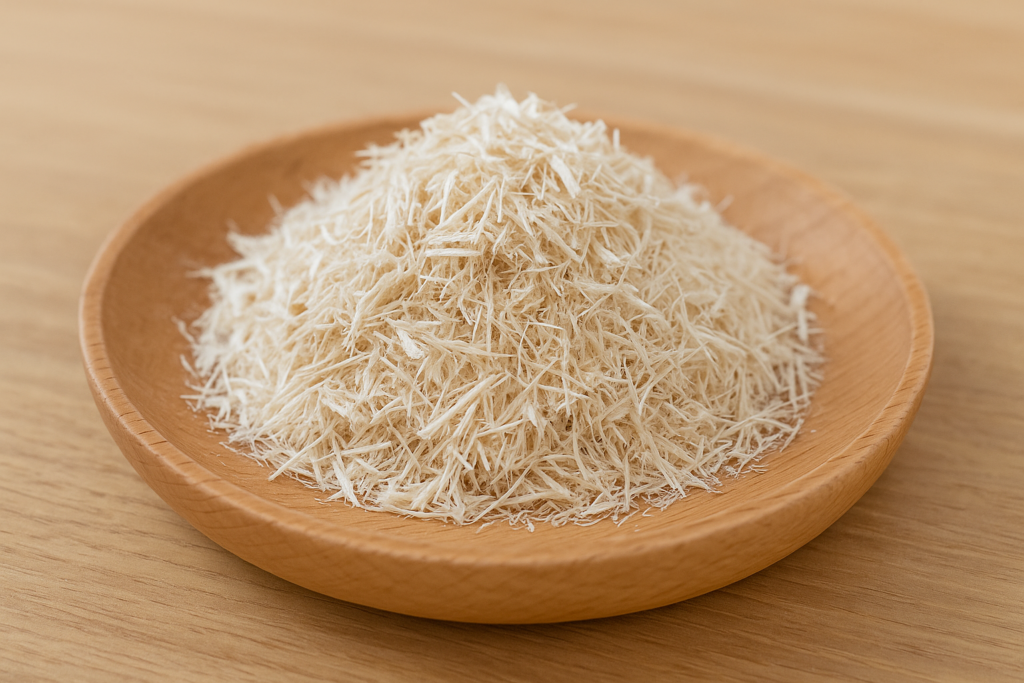
The Evolution of Fiber Reinforcement
I've watched the evolution of fiber use in construction materials throughout my career. While synthetic fibers like polypropylene are common, wood fibers offer unique benefits for wall putty applications. Their natural composition, high surface area, and ability to absorb and release moisture help create more stable putty with fewer application issues.
Performance Benefits of Wood Fiber:
- Crack Prevention: Fibers bridge micro-cracks before they expand
- Improved Thixotropy: Better hang on vertical surfaces without sagging
- Reduced Shrinkage: Helps maintain dimensional stability during drying
- Enhanced Toughness: Increases resistance to impact and abrasion
- Breathability: Maintains some permeability for moisture regulation
Types of Wood Fibers in Modern Putty Formulations:
| Fiber Type | Length | Benefits | Best Applications |
|---|---|---|---|
| Softwood Fiber | 0.5-1mm | General reinforcement, good dispersion | Standard putties |
| Hardwood Fiber | 0.3-0.7mm | Finer finish, smoother application | Premium finishing putties |
| Processed Cellulose | 0.1-0.5mm | Ultra-smooth finishes, specialized products | High-end decorative finishes |
The processing and treatment of wood fibers significantly impact their performance. We've found that alkali-treated fibers with controlled moisture content provide the most consistent results. These fibers integrate well with the cement matrix while resisting degradation in the alkaline environment.
In our testing, the optimal fiber addition typically falls between 0.8-1.2% by weight. Less than this provides insufficient reinforcement, while higher percentages can cause mixing difficulties and rough finishes that require additional sanding.
Conclusion
Quality wall putty relies on the right balance of RDP powder, cement, fly ash, and wood fiber. Don't just check whiteness and hardness—ask about the specific composition, especially RDP content, to ensure long-lasting, crack-free walls.

